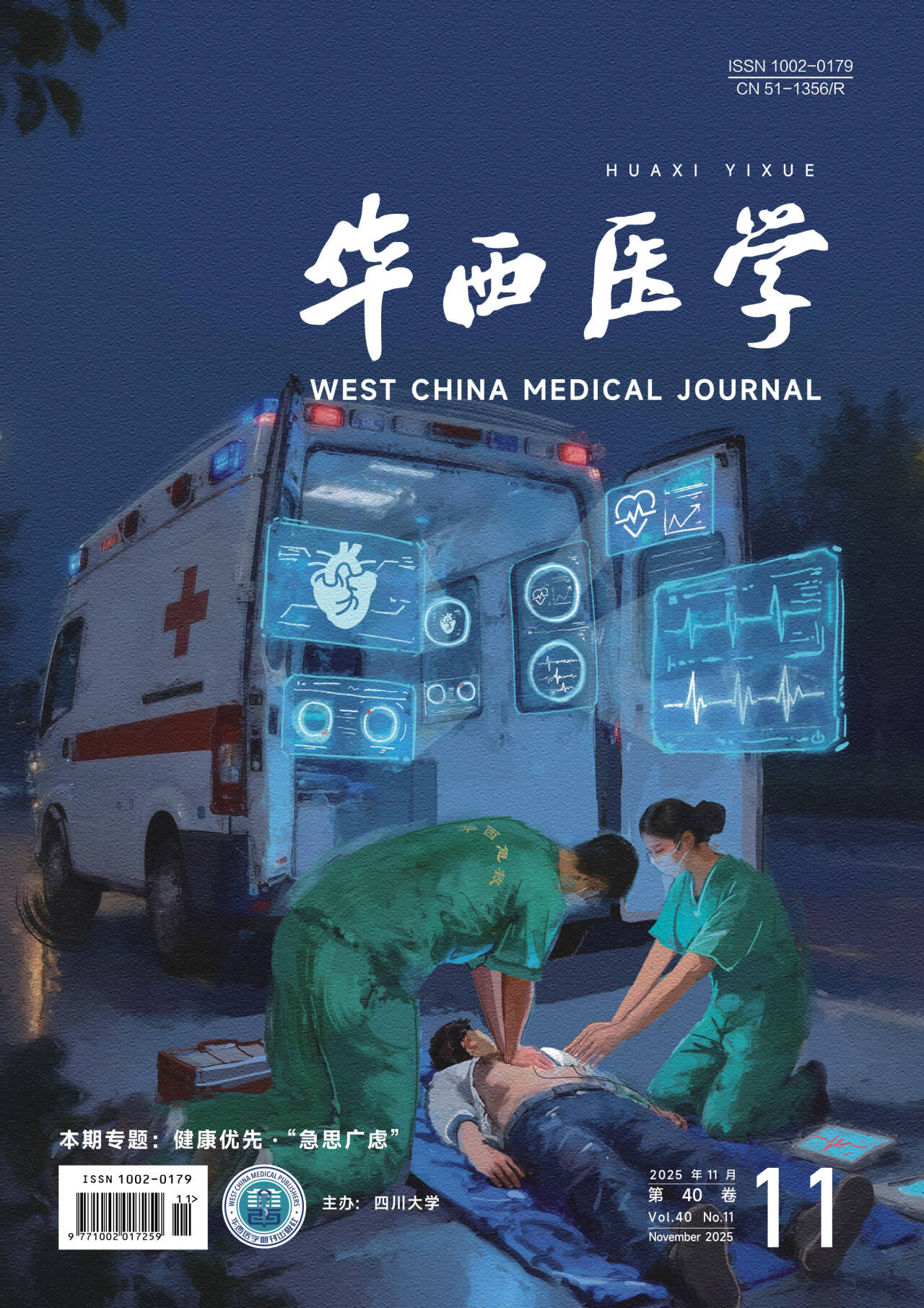【摘要】 目的 探討在基層醫院建立腦卒中單元模式的臨床意義。 方法 將2006年1-3月和2007年同期共381例腦卒中患者分為腦卒中單元組和普通病房組。腦卒中單元組按照腦卒中單元模式進行治療,普通病房組按照傳統方法治療,分別于治療前、治療后7、15、30 d時,對比分析兩組患者神經功能缺損及療效。 結果 腦卒中單元組和普通病房組治療后,隨時間兩組的神經功能缺損評分(NIHSS)均逐漸降低,兩組在治療后15、30 d時差異有統計學意義(P=0.007),腦卒中單元組家屬滿意度明顯高于普通病房組(P=0.002)。 結論 在基層醫院腦卒中單元模式對腦卒中患者的治療效果明顯優于傳統治療。
【Abstract】 Objective To investigate the clinical significance of setting up stroke unit model in basic hospital. Methods Three hundreds and eighty-one stroke patients were randomly divided into stroke unit group (n=186) and general ward group (n=189). The stroke unit group patients were treated with the stroke unit model designed by ourselves, while the control group patients were treated with traditional method, The clinical efficacy was compared before treatment, seven days, 15 days and 30 days after treatment. Results Improvement in neurological score was significantly better among patients treated in the SU than in the GW. NIHSS scores gradually reduce in the both groups after treatment, which were significantly lower than those in the control group on 15 days and 30 days after treatment(P=0.007,0.004). The satisfactory of relatives in the stroke unit group was better than that in the general ward group(P=0.002). Conclusion The efficacy of treatment with stroke unit model was better than that of treatment with traditional method in the stroke patients.
Citation: ZHAO Zhangquan,TIAN Zhibin,Liu Yonghong,LAI Haiou,HU Xinyong,ZHANG Yajun,SHI Rui,LI Li,JI Li,ZHANG Na. Clinical Study On Setting Up Stroke Unit Model in Basic Hospital. West China Medical Journal, 2010, 25(8): 1394-1396. doi: Copy
Copyright ? the editorial department of West China Medical Journal of West China Medical Publisher. All rights reserved




